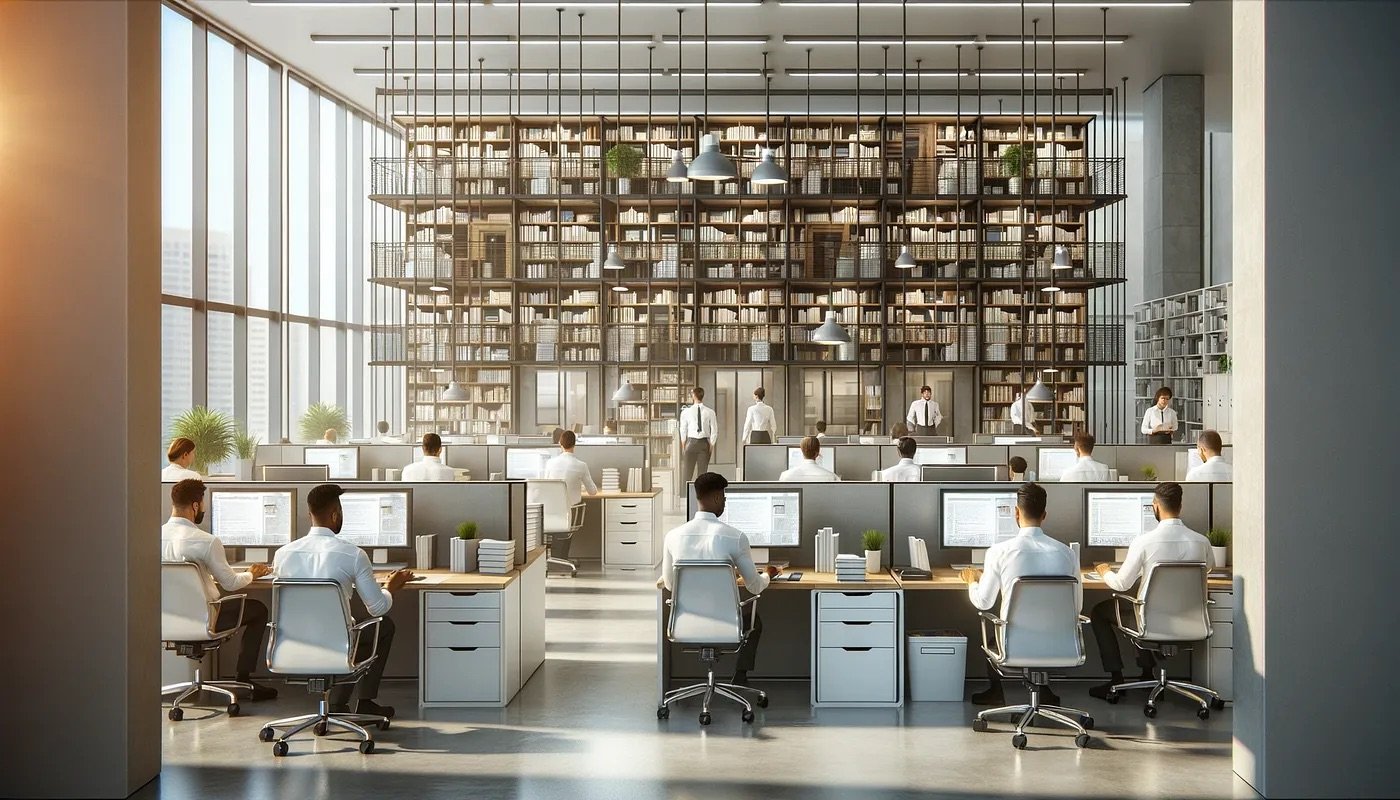Redefining Value in the AI Era: The Rise of the Creative Hour
Welcome to the Information Age, a period marked by rapid technological changes at an ever-increasing pace. Brace yourselves for another transformative shift, this time propelled by Generative AI. Yes, it might sound like another AI hype piece. But bear with me; it’s not quite what you expect.
A Dash of Historical Context
Rewind to the 1700s, the onset of the two-hundred-and-fifty-year saga of the Industrial Age. This era introduced new machinery into the world of craftsmen and artisans, revolutionizing their efficiency in producing goods. This also came with factories, merging craftspeople with efficiency under one roof. Enter Taylorism and the pursuit of efficiency: The idea that factory workers should perform specialized steps for maximized output birthed the role of the manager. This shift created a critical split in labor valuation: the production hour versus the management hour. As factories became more efficient, the value of the production hour — the time a line worker spent producing goods — diminished.
Fast forward to the Information Age, fifty years in. A similar transformation, echoing Taylor’s revolution, is unfolding today. However, the backdrop has changed. We’re still in the nascent stages of the Information Age, grappling to understand its implications for the workforce. Despite this, we cling to outdated Industrial Age models and assumptions. Knowledge work, once a prized possession, is now undergoing devaluation. Generative AI is automating tasks tied to digital goods and asset creation, plummeting the production hour’s value to nearly zero.
Embracing the Creative Hour
In this new era, the ‘Management hour’ morphs into the new production hour, and the ‘Creative hour’ emerges as the new hallmark of value. This isn’t just a rebranded management hour; it’s a unique category centered around creativity, conceptual thinking, and strategic innovation. The Creative hour involves activities like developing original concepts, crafting effective prompts for AI tools, and strategizing future scenarios. It’s about harnessing human creativity and insight to steer and augment AI’s capabilities.
This shift has profound implications for workforce dynamics. Companies must now prioritize and cultivate creativity as a core asset. Job roles will evolve to emphasize creative thinking, strategic planning, and AI collaboration. The value of employees will be increasingly measured by their capacity for innovation and abstract thinking, rather than just managing or executing tasks of the past.
This evolution will disrupt many existing business models. The way we create value for customers will naturally shift due to significant changes on the input side. This isn’t just future talk; it’s unfolding before our eyes. In marketing, content creators are rapidly leveraging these new tools for a range of outputs. This surge in productivity is driving down costs dramatically, turning what was once a lucrative service into an affordable commodity. However, this isn’t a tale of doom and gloom. It signals a need for affected teams to adapt, either by managing this digital workforce or by excelling in creative strategizing and prompting.
The transition to the Creative hour as the premium in the Information Age marks a pivotal change in valuing work types. Just as the Industrial Age redefined labor value, so does the Information Age, fueled by advancements in Generative AI. Businesses and individuals must adapt, fostering creativity and strategic thinking to stay relevant and competitive in this rapidly evolving era.

